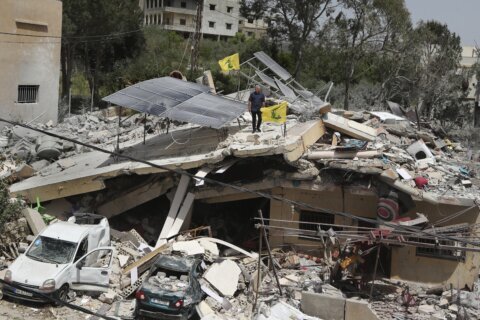WASHINGTON — One of the critical tasks in understanding Sunday’s shooting inside an Orlando nightclub involves knowing the history of every bullet that killed 49 people and wounded 53 others.
In a Monday morning news conference, Paul Wysopal, the FBI special agent in charge of the investigation at Pulse — a gay nightclub — said an FBI shooting reconstruction team from Quantico, Virginia, will analyze the shooting scene.
“What their job is is to document every round, every shot that had been fired throughout the entire incident,” said Clinton Van Zandt, former FBI criminal profiler, and the FBI’s former chief hostage negotiator. “Who had fired the various bullets, where the individual shooters were positioned when they fired, and which gun had fired which round that was recovered at the scene.”
Van Zandt said “this is going to be a very challenging shooting scene,” in large part because of the number of rounds fired.
“They’re going to use anything from tape measurers, protractors, trigonometry, laser scanners,” said Van Zandt. “They may have thin metal rods that are called ‘trajectory rods,’ that are actually inserted into the bullet hole to help see the angle that the bullet came from.”
In Monday’s news conference, Orlando Police Chief John Mina said the investigation will determine whether any inside the club were killed by “friendly fire.”
“The shooter we know had an AR-15 type of rifle, and a Glock 9 mm pistol — were those two the only two weapons used inside the club,” said Van Zandt. “Did he simply use the rifle, or the rifle and the handgun?”
The gunman, Omar Mateen, had called 911 after the shooting rampage, during the period of time he had held approximately five people hostage.
According to Mina and the FBI, Mateen identified himself, and pledged allegiance to ISIS leader Abu Bakr al-Baghdadi.
SWAT teams with an armored vehicle punctured a hole in a wall that Mateen was barricaded behind, while holding hostages. When Mateen emerged, he exchanged gunfire with law enforcers, and was shot dead.
“Of course, one of the terrible questions that has to be answered, is of the killed and wounded, was this all done by the shooter, or could it have been accidentally done by law enforcement in their exchange,” said Van Zandt. “A bullet travels at thousands of feet a second, and can penetrate multiple walls once it’s been fired.”
Van Zandt said the shooting reconstruction, when used in conjunction with autopsy results, will verify how each person died.







